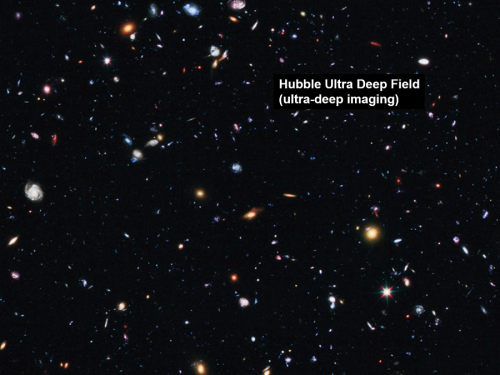Since the dawn of humankind, our sights have always been drawn towards the stars, and as technological innovation continues to bolster our curiosity, our knowledge of the cosmos reaches new heights. NASA is looking to supply a new toolset for astronomers by the 2030s and has allowed leading scientists to outline conceptual ideas and propose designs for a new space telescope. However, out of the four primary designs for the telescope, NASA will likely only be able to afford one.
One of these flagship designs is the Large Ultraviolet/Optical/Infrared Surveyor, the LUVOIR telescope, which aims to be a successor to the Hubble. Through it, astronomers can study the solar system, cosmic origins, and exoplanets (planets that orbit a star outside our solar system). “I like the fact that astronomers are really trying to get consensus about the right next thing to do for the community,” said Debra Fischer, Professor of Astronomy at Yale and one of the chairs of the LUVOIR team. LUVOIR would enable the community to clearly resolve individual stars, rather than relying on pixelated imagery from Hubble. This will further research regarding the detection of exoplanets and also provide a tool to make conclusions on the atmospheric compositions of exoplanets and detect possible signs of biological life.
The National Research Council will advise NASA in 2020 with a decadal survey to decide which of the four projects to fund. “It will decide the strategic roadmap of astronomy for the next decade,” Fischer said. Professor Fischer is optimistic with regards to funding and NASA’s selection after the decadal survey and believes that the selected design will strengthen the community as a whole.

